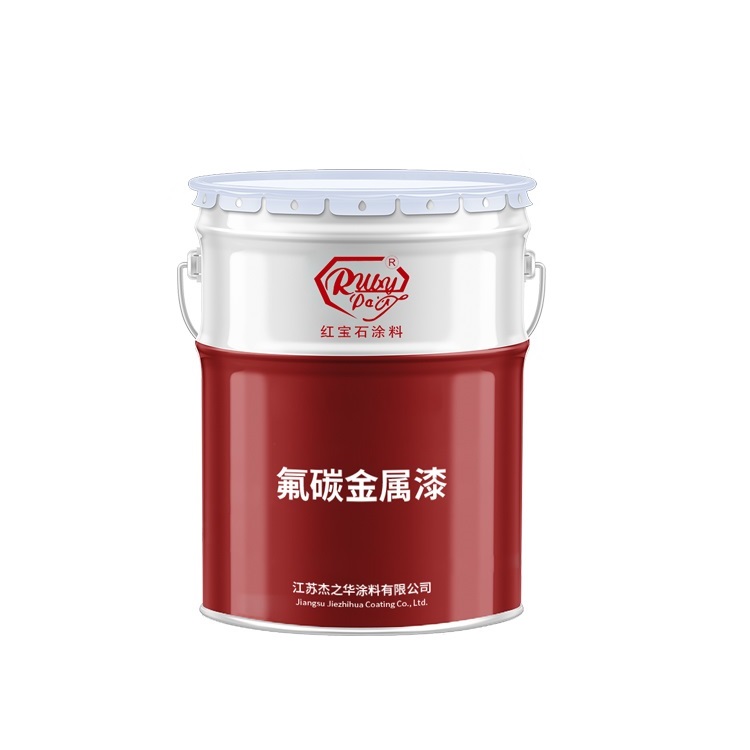Table of Contents
Fluoro Pain Intervention Techniques for Chronic Pain Management
Fluoro pain intervention, also known as fluoroscopy-guided pain intervention, is a cutting-edge technique used in the management of chronic pain. This method utilizes real-time X-ray imaging, known as fluoroscopy, to guide the delivery of pain-relieving medications or nerve blocks directly to the specific areas causing pain. By providing precise visualization of the targeted area, fluoro pain intervention ensures accuracy and enhances the effectiveness of treatment, making it a valuable tool in the field of pain management.

Chronic pain, which persists for an extended period, often poses a significant challenge to both patients and healthcare providers. Traditional pain management approaches, such as oral medications or physical therapy, may not always provide sufficient relief for all patients. In such cases, fluoro pain intervention offers a more targeted approach that can address the root cause of pain. This technique is particularly beneficial for conditions like spinal stenosis, herniated discs, and facet joint syndrome, where specific anatomical structures are involved.
| No. | Products |
| 1 | Fluoracarbon primer paint |
The process of fluoro pain intervention begins with a thorough assessment by a pain management specialist. Once the source of pain is identified, the patient is positioned comfortably, and the skin over the targeted area is cleansed and numbed using a local anesthetic. The fluoroscope, which emits X-rays, is then positioned to provide a clear view of the area to be treated. Using this real-time imaging, the physician can accurately guide the needle to the precise location where the pain originates.
One of the key advantages of fluoro pain intervention is its minimally invasive nature. The procedure typically requires only a small incision or no incision at all, reducing the risk of infection and minimizing recovery time. Patients often experience relief soon after the procedure, allowing them to return to their daily activities with improved quality of life. Additionally, because the treatment is targeted, it often requires lower doses of medication, reducing the potential for side effects commonly associated with systemic pain medications.
Moreover, fluoro pain intervention can be used diagnostically to confirm the specific source of pain. By injecting a contrast dye during the procedure, physicians can visualize the flow of the dye through the affected area, providing valuable information about the anatomy and functionality of the structures involved. This diagnostic capability is crucial for developing an effective, individualized treatment plan for each patient.
Despite its numerous benefits, fluoro pain intervention may not be suitable for everyone. It is important for patients to discuss their medical history, including any allergies or underlying health conditions, with their healthcare provider to determine if this technique is appropriate for them. Additionally, as with any medical procedure, there are potential risks and complications, such as bleeding, infection, or allergic reactions to the contrast dye. However, these risks are generally low and can be further minimized by choosing an experienced and qualified pain management specialist.
In conclusion, fluoro pain intervention represents a significant advancement in the field of pain management. By providing targeted, minimally invasive treatment under the guidance of real-time imaging, this technique offers hope to many patients suffering from chronic pain. With its diagnostic and therapeutic capabilities, fluoro pain intervention not only alleviates pain but also contributes to a better understanding of its underlying causes, paving the way for more effective and personalized treatment strategies.
The Role of Fluoroscopy in Targeted Nerve Block Procedures for Pain Relief
Fluoroscopy, a real-time imaging technique that uses X-rays to capture moving images of internal structures, has revolutionized the field of pain management, particularly in the administration of targeted nerve block procedures. This advanced imaging technology allows physicians to visualize the placement of needles and the distribution of medication with high precision, ensuring that the treatment is both safe and effective.
Targeted nerve block procedures are commonly used to provide relief from chronic pain conditions, such as back pain, neck pain, and joint pain. By injecting an anesthetic or anti-inflammatory medication directly into the area surrounding a specific nerve or group of nerves, these procedures can significantly reduce pain and improve the quality of life for patients. However, the success of these treatments depends heavily on the accurate placement of the needle, as the medication must be delivered to the precise location where the nerve is transmitting pain signals.
This is where fluoroscopy comes into play. By providing real-time, detailed images of the patient’s anatomy, fluoroscopy enables physicians to guide the needle to the exact target area with a high degree of accuracy. This not only increases the effectiveness of the nerve block but also minimizes the risk of complications, such as nerve damage or injection into a blood vessel.
| Serial No. | Article Name |
| 1 | Epoxy Zinc rich paint |
Moreover, fluoroscopy allows for the visualization of the spread of the injected medication, confirming that it is adequately covering the targeted nerve or nerves. This is particularly important in cases where the anatomical structures are complex or when previous surgeries or injuries have altered the normal anatomy. By ensuring that the medication is properly distributed, fluoroscopy helps to maximize pain relief and reduce the need for repeat procedures.
www.youtube.com/watch?v=kCkCI75Qvv8In addition to enhancing the precision of nerve block procedures, fluoroscopy also contributes to the overall safety of the treatment. By allowing physicians to monitor the procedure in real-time, fluoroscopy helps to prevent accidental punctures or misplacements of the needle, which could lead to serious complications. Furthermore, the use of fluoroscopy can reduce the amount of radiation exposure for both the patient and the medical staff, as it enables the procedure to be completed more quickly and with fewer X-ray exposures than traditional methods.
Despite its many benefits, the use of fluoroscopy in targeted nerve block procedures is not without challenges. The equipment required for fluoroscopic imaging is expensive and requires specialized training to operate. Additionally, there are concerns about the long-term effects of radiation exposure, particularly for patients who require multiple procedures. However, with advances in technology and the development of new techniques, such as the use of ultrasound guidance in conjunction with fluoroscopy, these challenges are being addressed, making fluoroscopic-guided nerve blocks an increasingly safe and effective option for pain relief.
In conclusion, fluoroscopy plays a crucial role in the administration of targeted nerve block procedures for pain relief. By providing real-time, detailed images of the patient’s anatomy, this imaging technique allows for precise needle placement and medication distribution, enhancing both the effectiveness and safety of the treatment. As technology continues to evolve, the integration of fluoroscopy in pain management is expected to expand, offering new possibilities for patients suffering from chronic pain.






